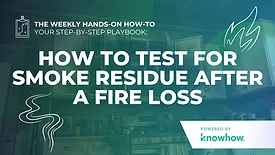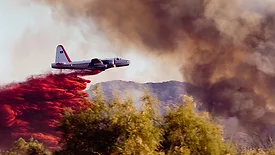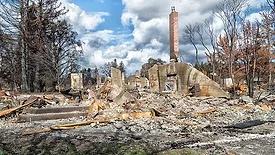Home » Keywords: » smoke odor remediation
Items Tagged with 'smoke odor remediation'
ARTICLES
Following devastating fire, Aurora family has precious memories preserved by 1-800-Packouts of Northern Illinois
1-800-Packouts Helps an Illinois Family Preserve Memories After a Devastating House Fire
May 29, 2025
Weekly Hands-on How-To powered by KnowHow
How to Test for Smoke Residue After a Fire Loss
Unseen damage can linger after a fire loss, discover how proper testing for smoke residue ensures comprehensive mitigation efforts
Read More
Weekly Hands-on How-To powered by KnowHow
How to Complete Initial Fire Damage Mitigation Services
Read MoreWildfire Ash Composition, Health Effects and Cleanup
Understanding the Health Risks and Cleanup Methods of Wildfire Ash
Read More
Stay ahead of the curve with our eNewsletters.
Get the latest industry updates tailored your way.
JOIN TODAY!Copyright ©2025. All Rights Reserved BNP Media.
Design, CMS, Hosting & Web Development :: ePublishing












